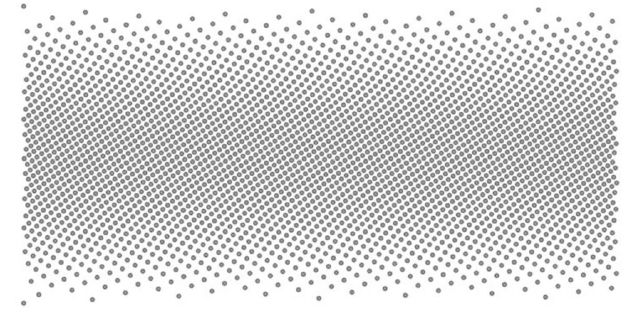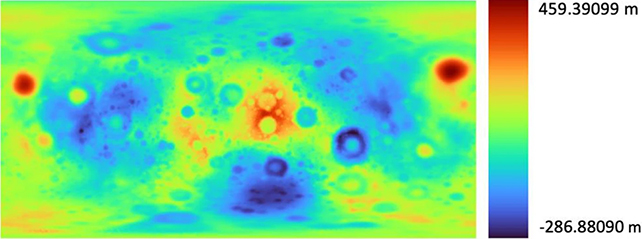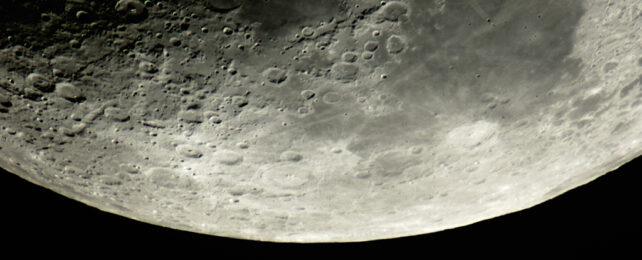We've been landing people on the Moon since 1969, but as we start to explore the lunar surface, how will astronauts find their way around? We need a global navigation satellite system (GNSS) for the Moon, and an 800-year-old math trick could help.
The math trick in question is known as the Fibonacci sphere. Here, researchers from Eötvös Loránd University in Hungary used it to better estimate the Moon's rotation ellipsoid, its ever-so-slightly squished shape as it orbits Earth.
Despite what Solar System illustrations might suggest, Earth and the Moon aren't perfect spheres: the influence of gravity, rotation, and tidal fluctuations means they're more like squashed balls.
For simplicity's sake, our GNSS technology uses a rough estimate of Earth's squashed ball shape. If we're to develop a Geographic Information System (GIS) for the lunar surface, we need the same estimate for the Moon's selenoid (the equivalent of Earth's geoid, or true, irregular shape).
"Since the Moon is less flattened than the Earth, most lunar GIS applications use a spherical datum," write geophysicist Gábor Timár and student Kamilla Cziráki in their published paper.
"However, with the renaissance of lunar missions, it seems worthwhile to define an ellipsoid of revolution that better fits the selenoid."
This brings us back to the Fibonacci sphere, which uses an approach based on the Fibonacci sequence to evenly distribute points placed on a sphere. Cziráki and Timár used a computational model based on the Fibonacci sphere to map 100,000 points of the Moon's surface using measurements previously taken by NASA.

That produced more accurate figures for the semi-major and semi-minor axes that define the rotation ellipsoid of the Moon. The lunar poles are some half a kilometer (0.3 miles) closer to its center than the equator is, and plugging that information into any future lunar GPS will help to reduce the number of wrong turns taken on the Moon.
Calculations with this degree of detail haven't been run on the Moon since the 1960s. What's more, when the researchers applied their technique on Earth's rotation ellipsoid, the data matched up neatly, further confirming the accuracy of the approach.

As well as helping to provide better navigation systems for people heading to the Moon in the future, the results of this study could also be used to improve our estimations of Earth's dimensions and the navigation systems used to get around it.
"In the future, we would like to extend our research to the Earth, and investigate the differences in best fitting ellipsoids using varying geoid models," write the researchers.
The research has been published in Acta Geodaetica et Geophysica.
